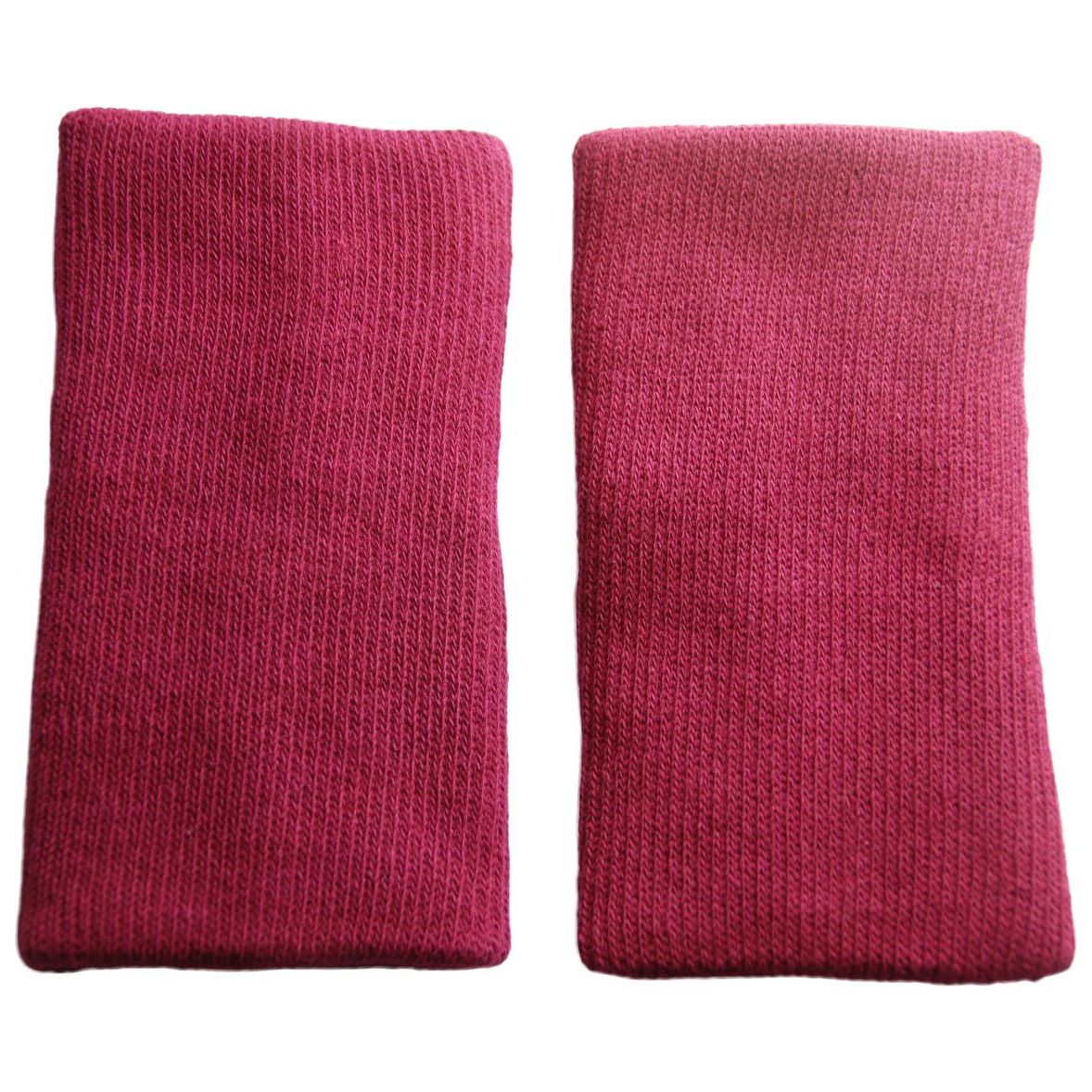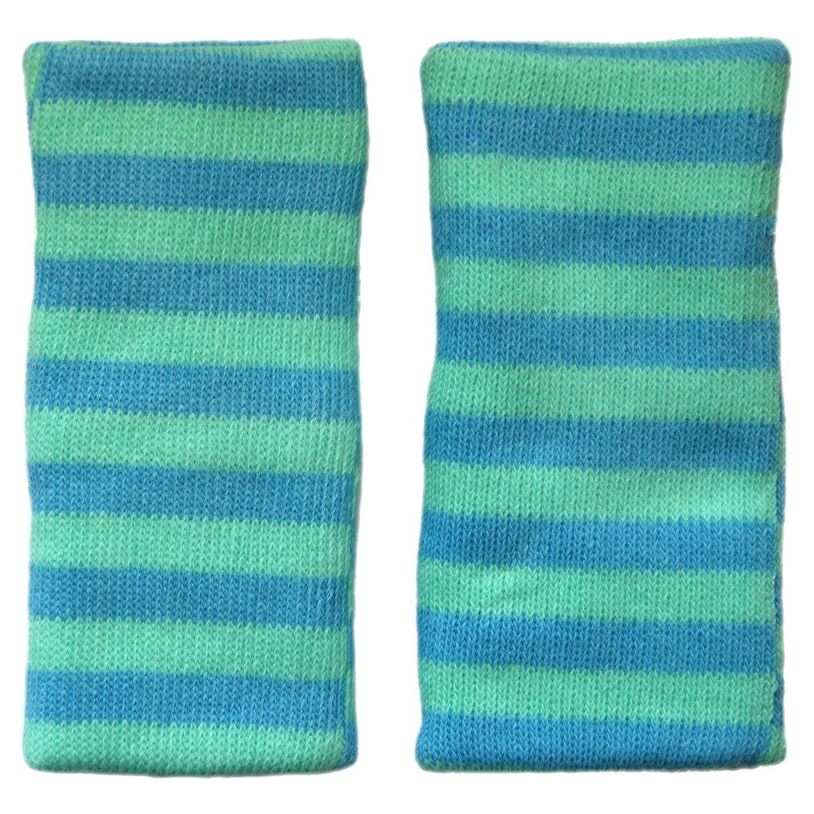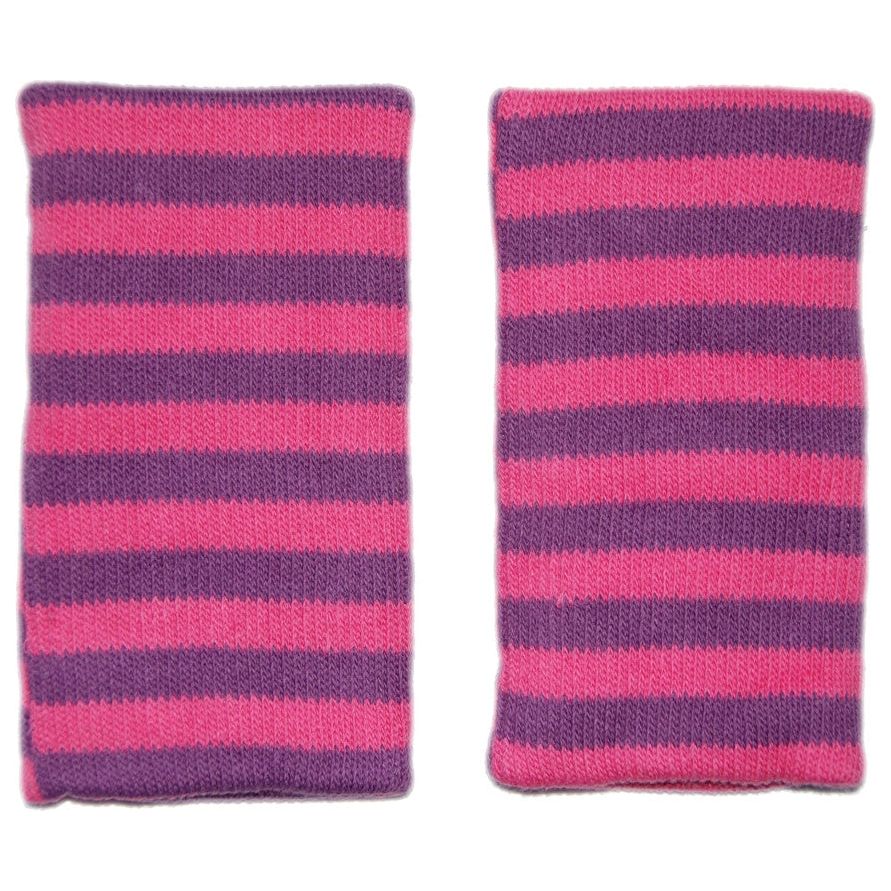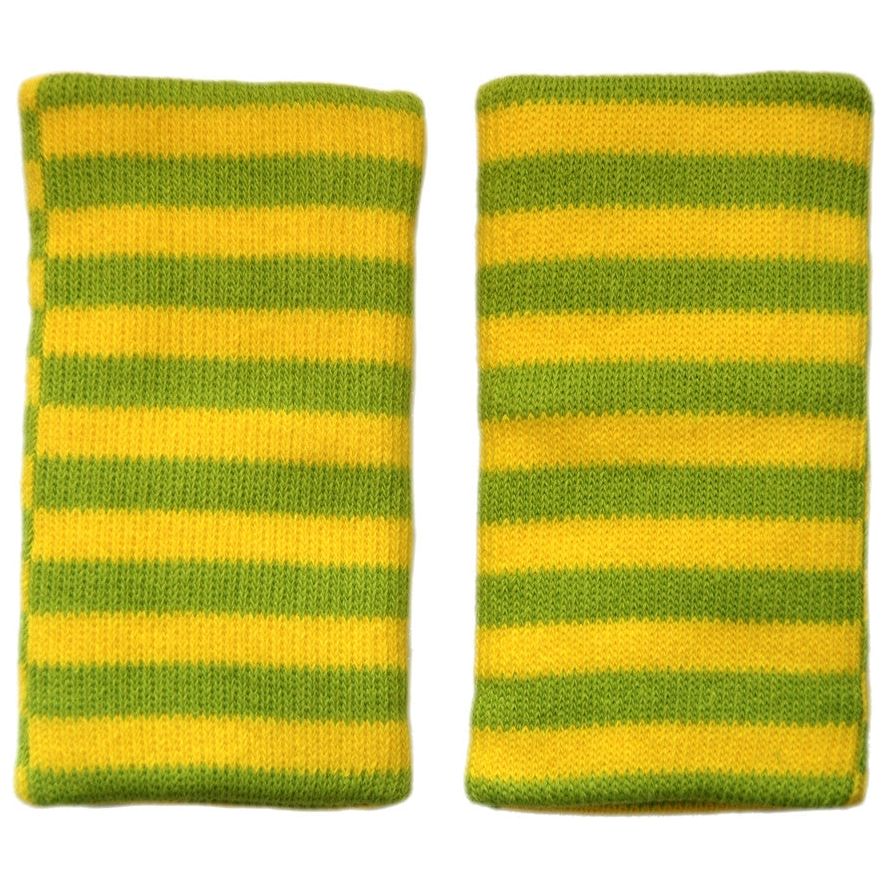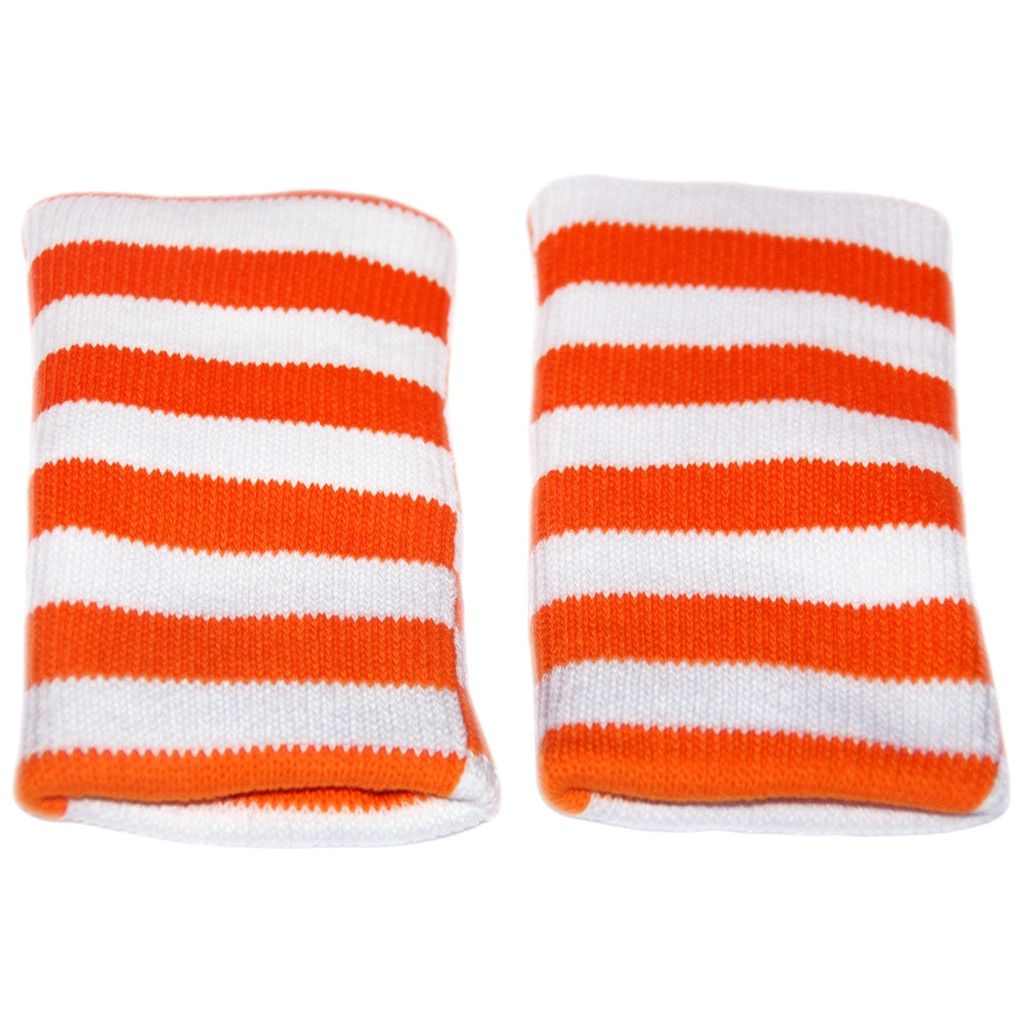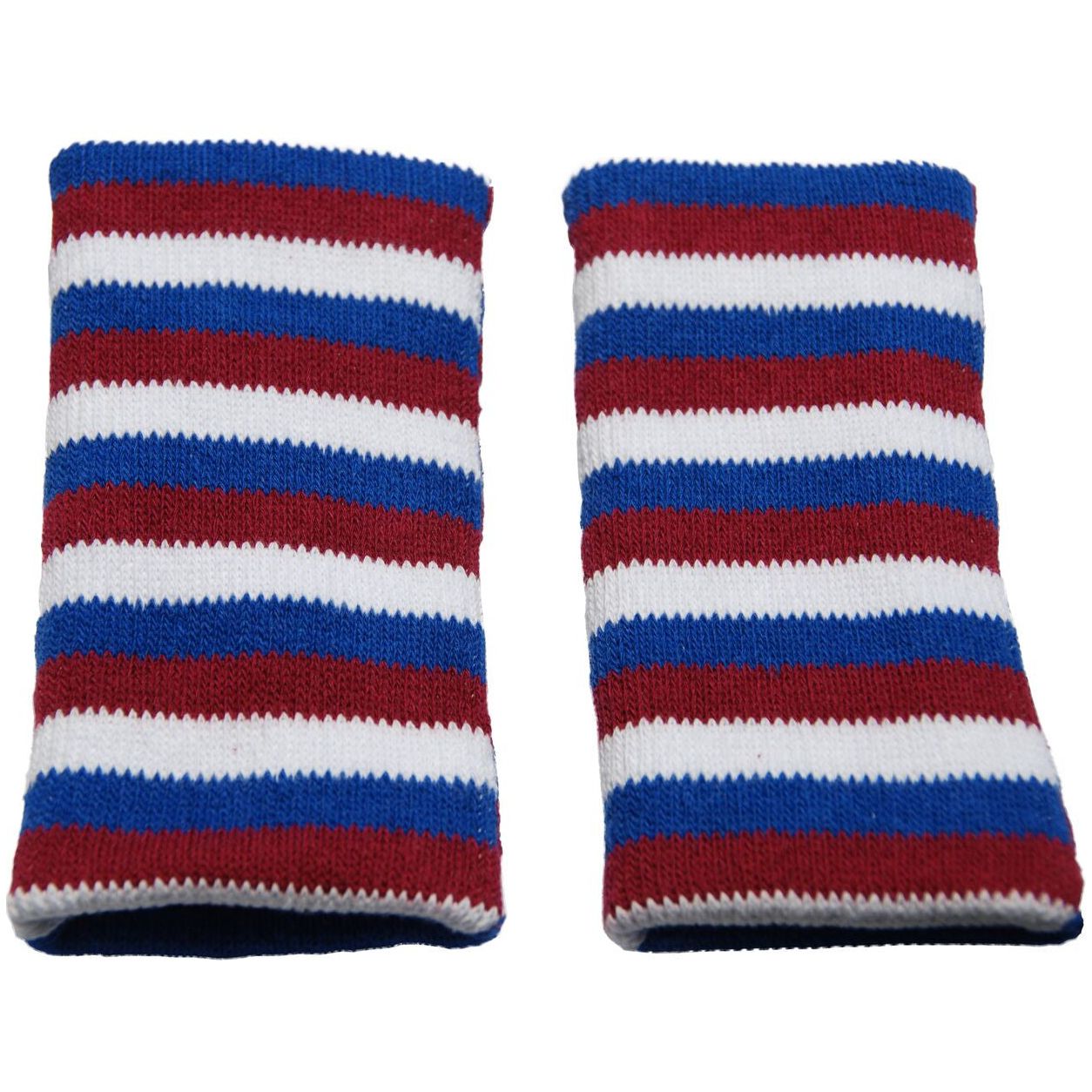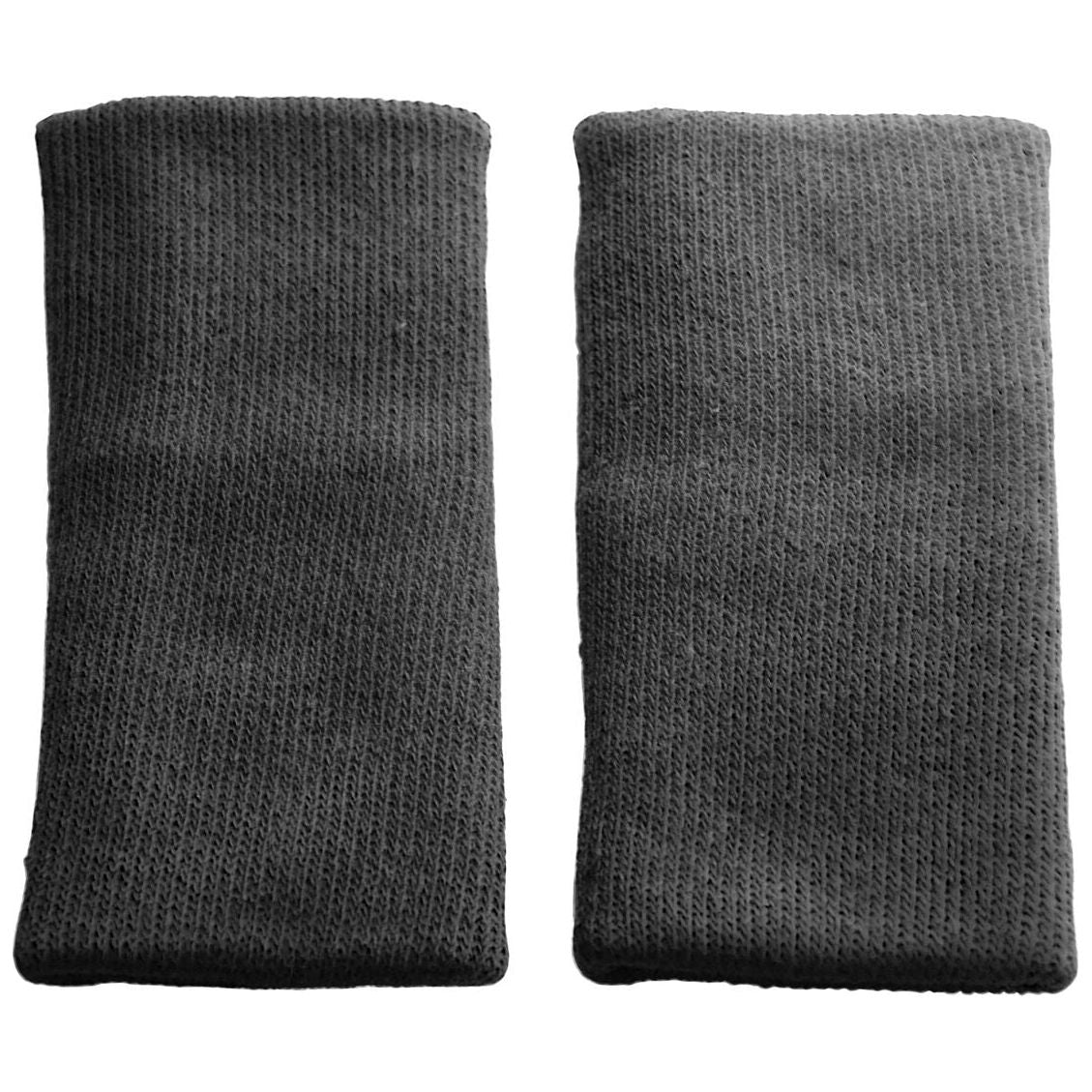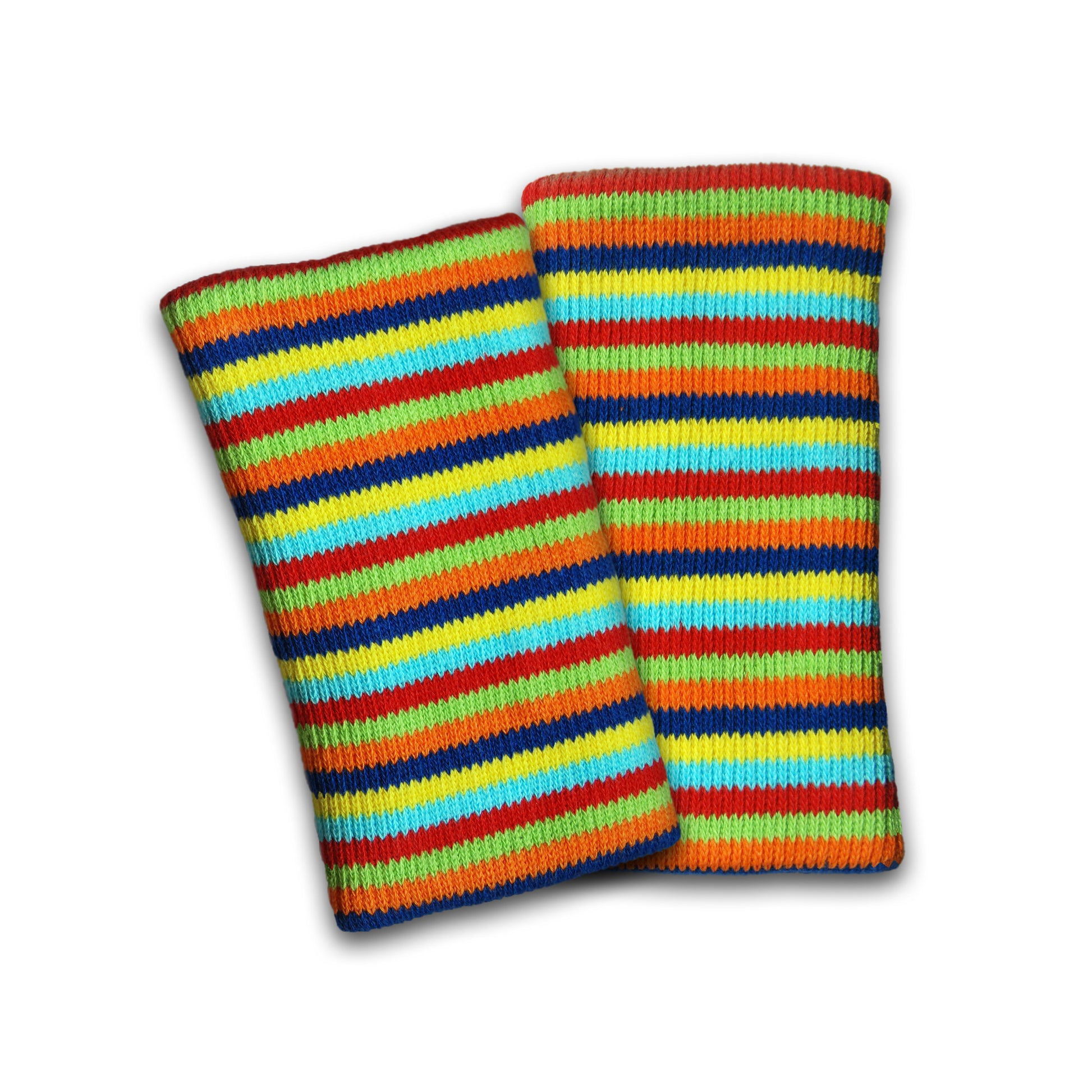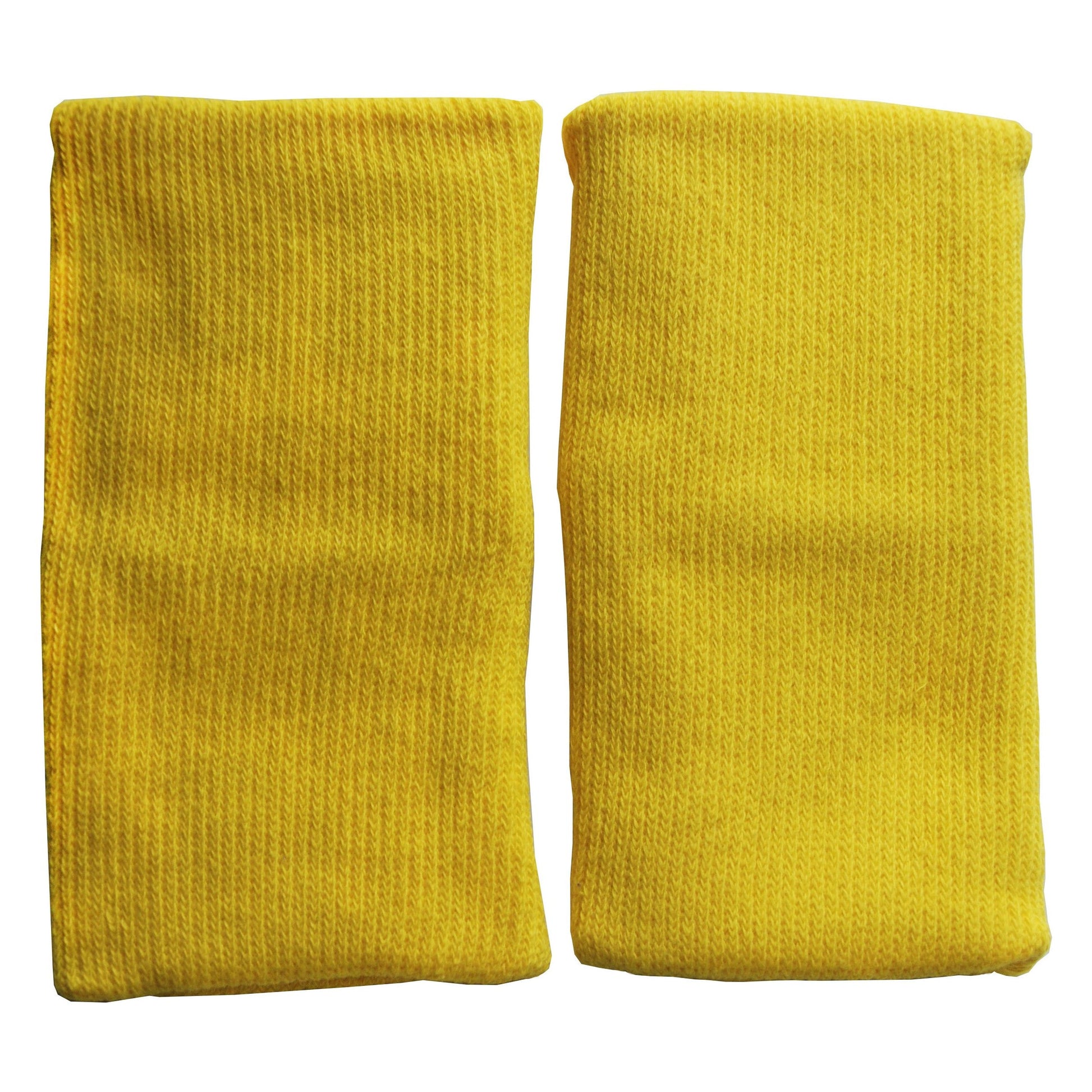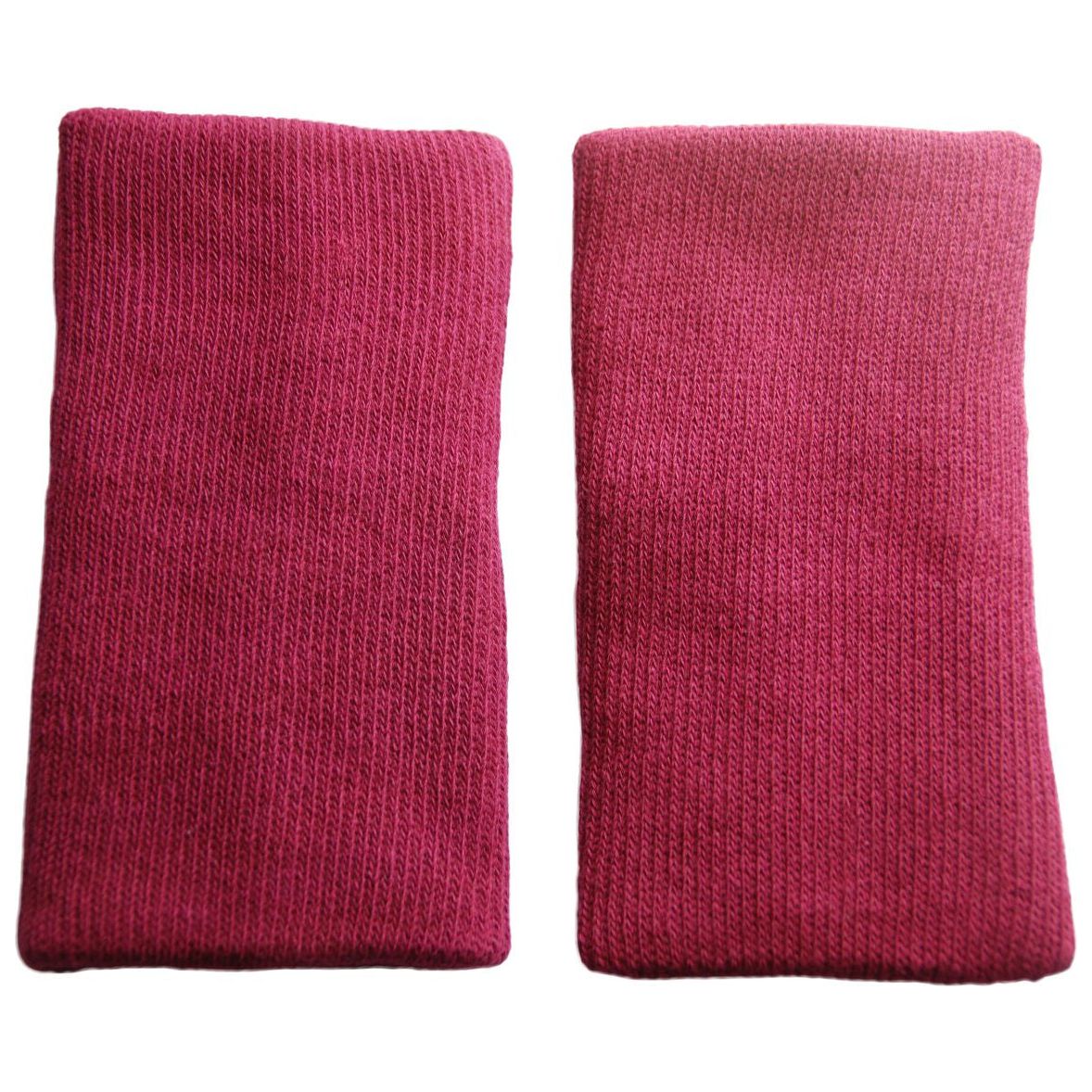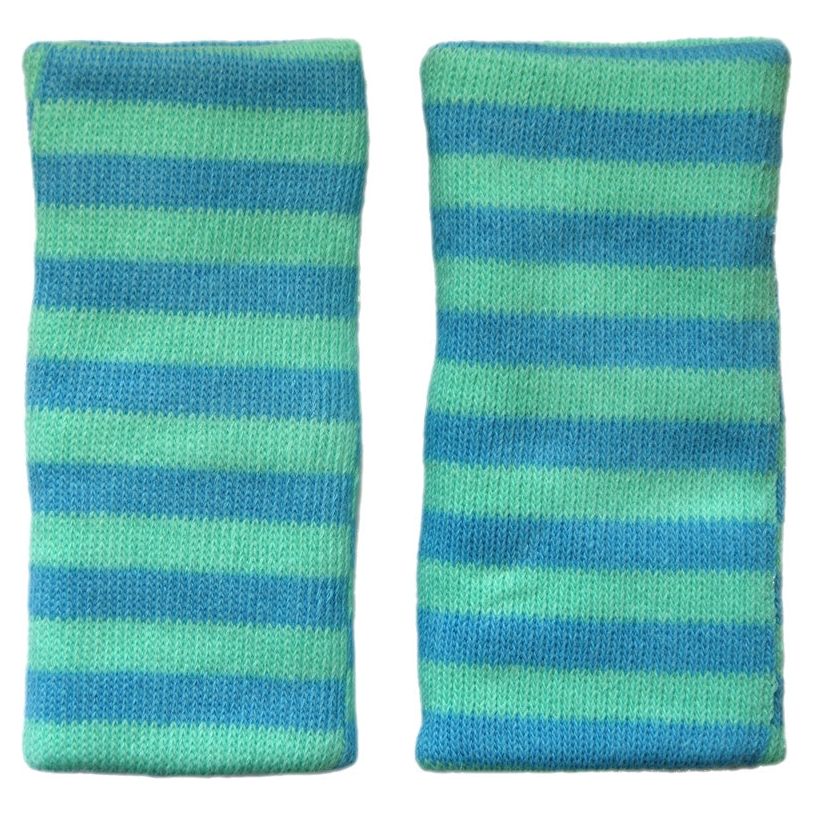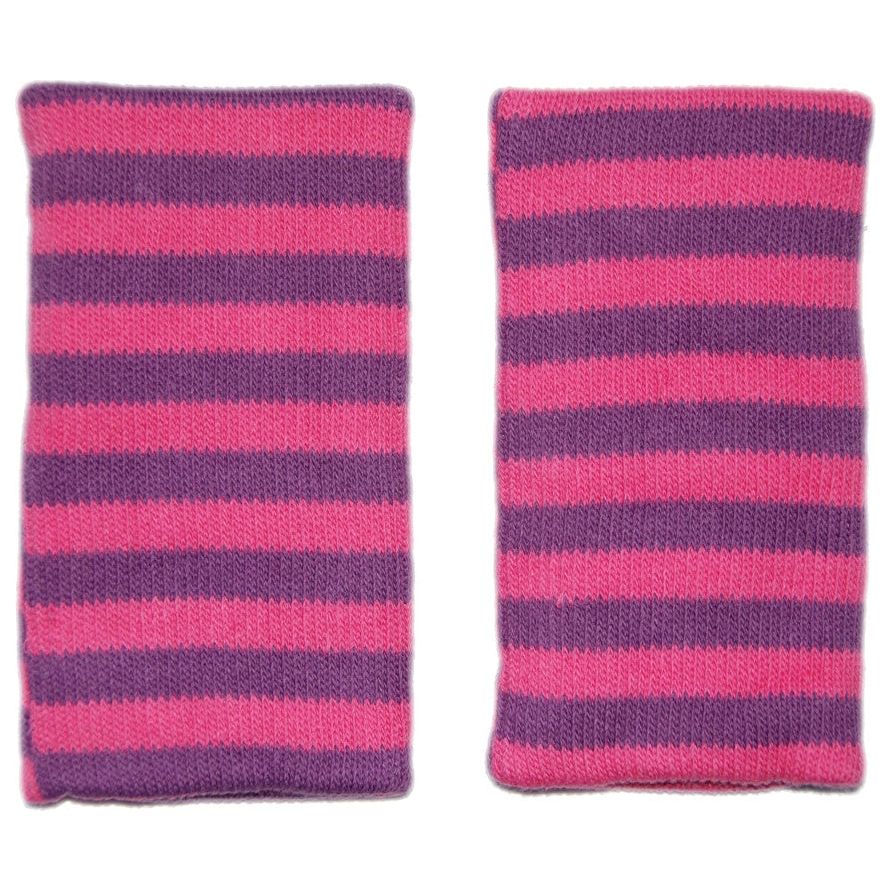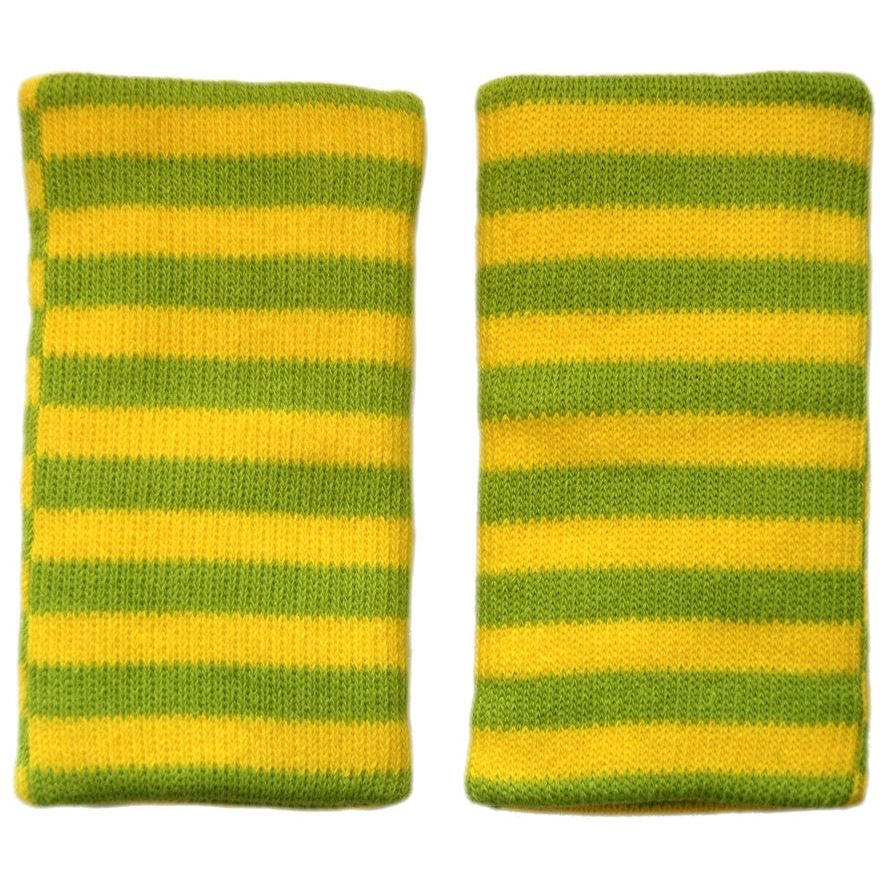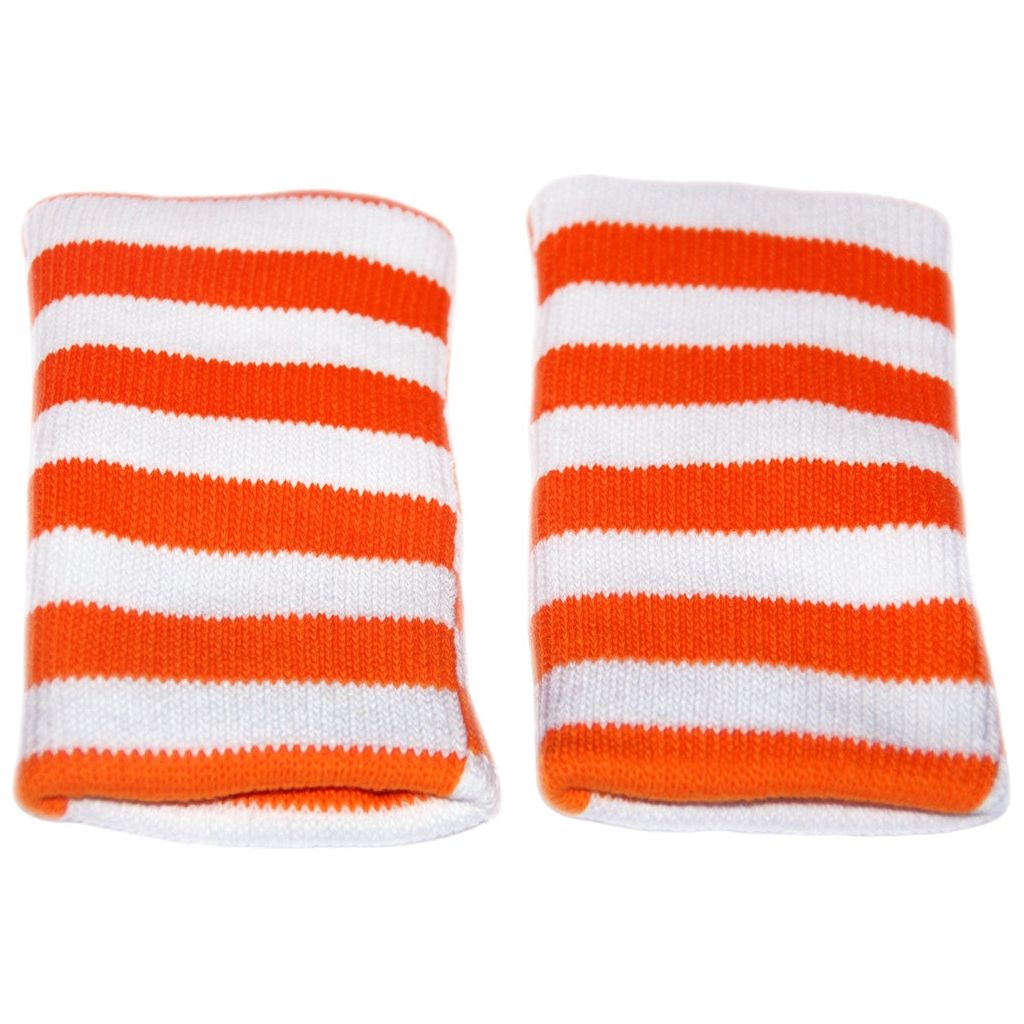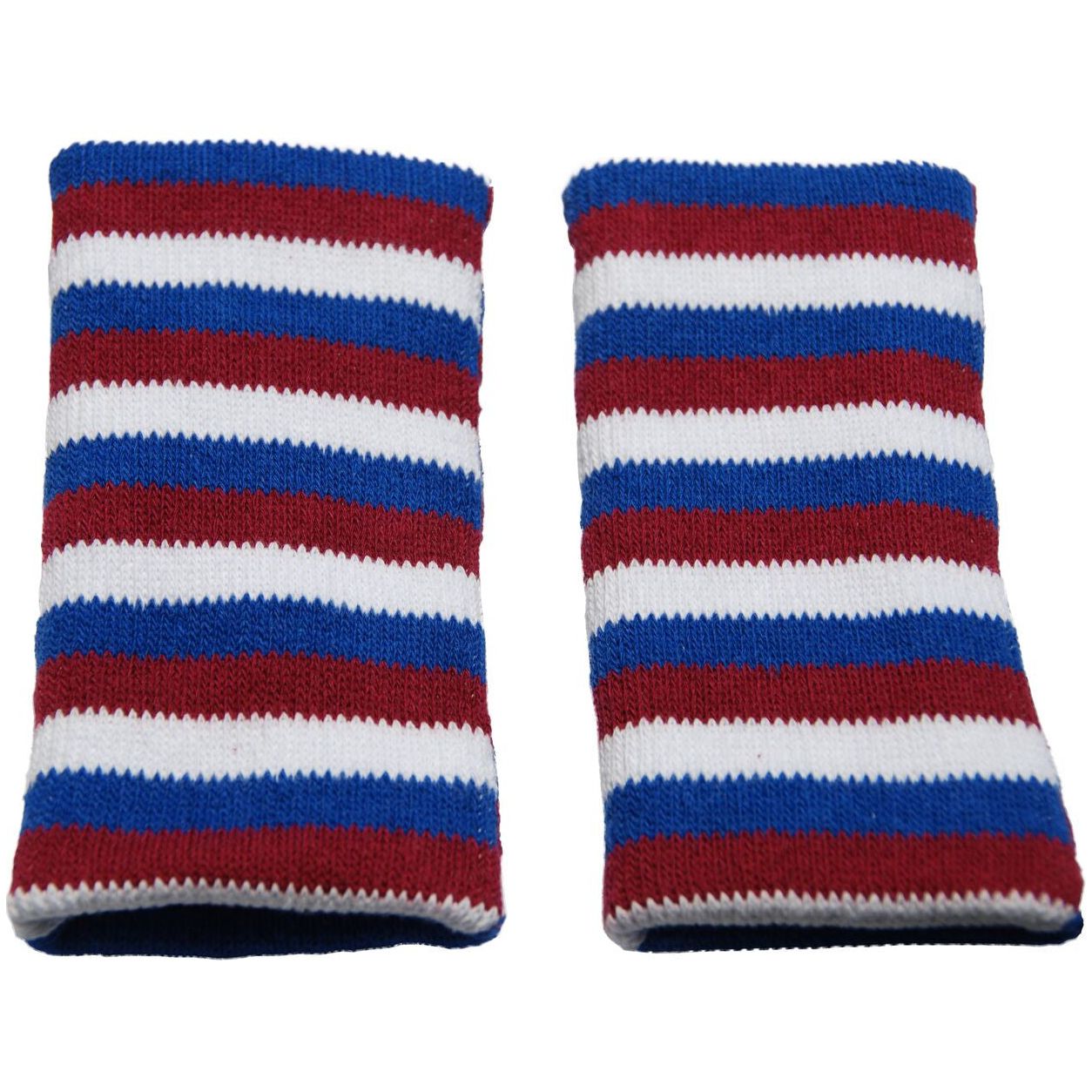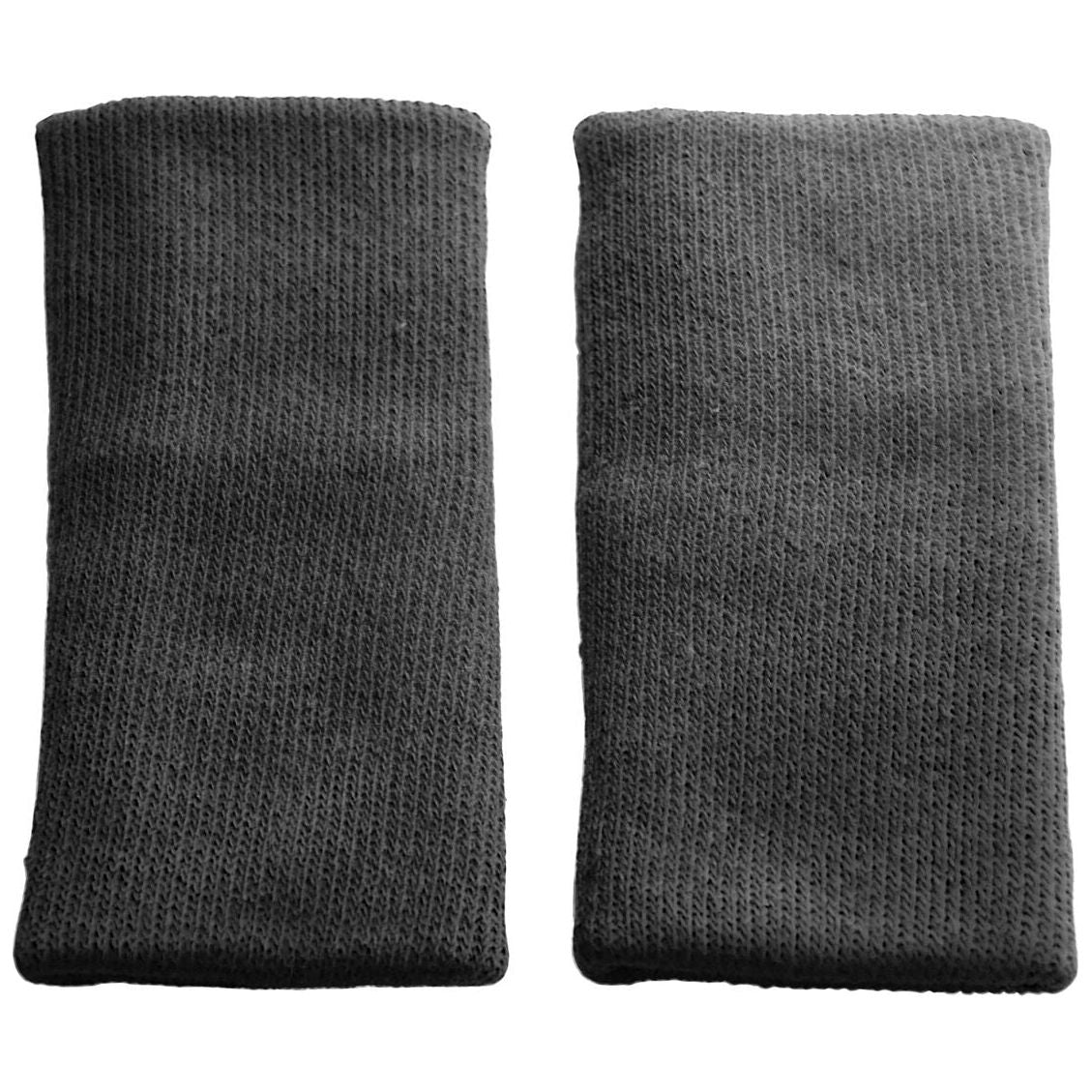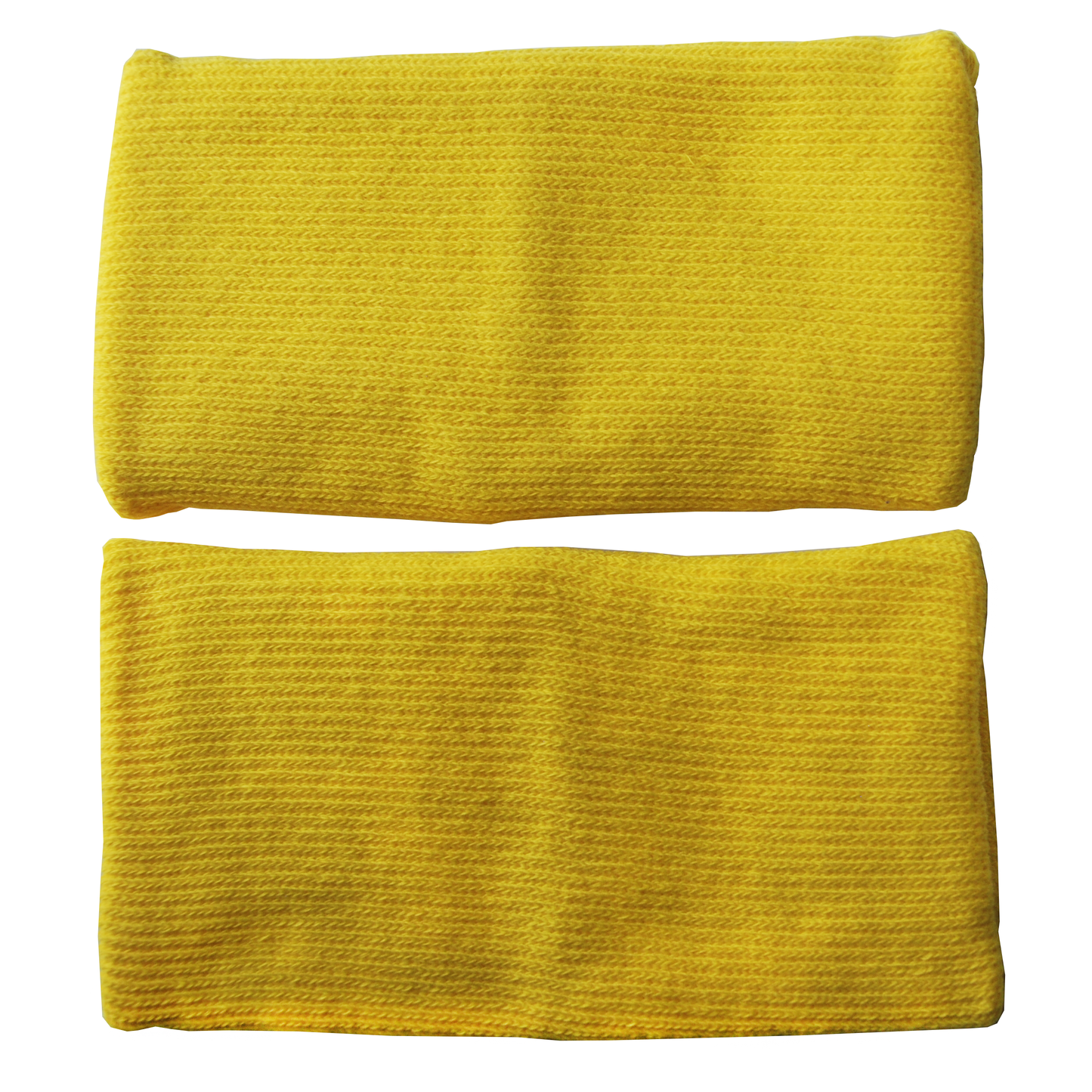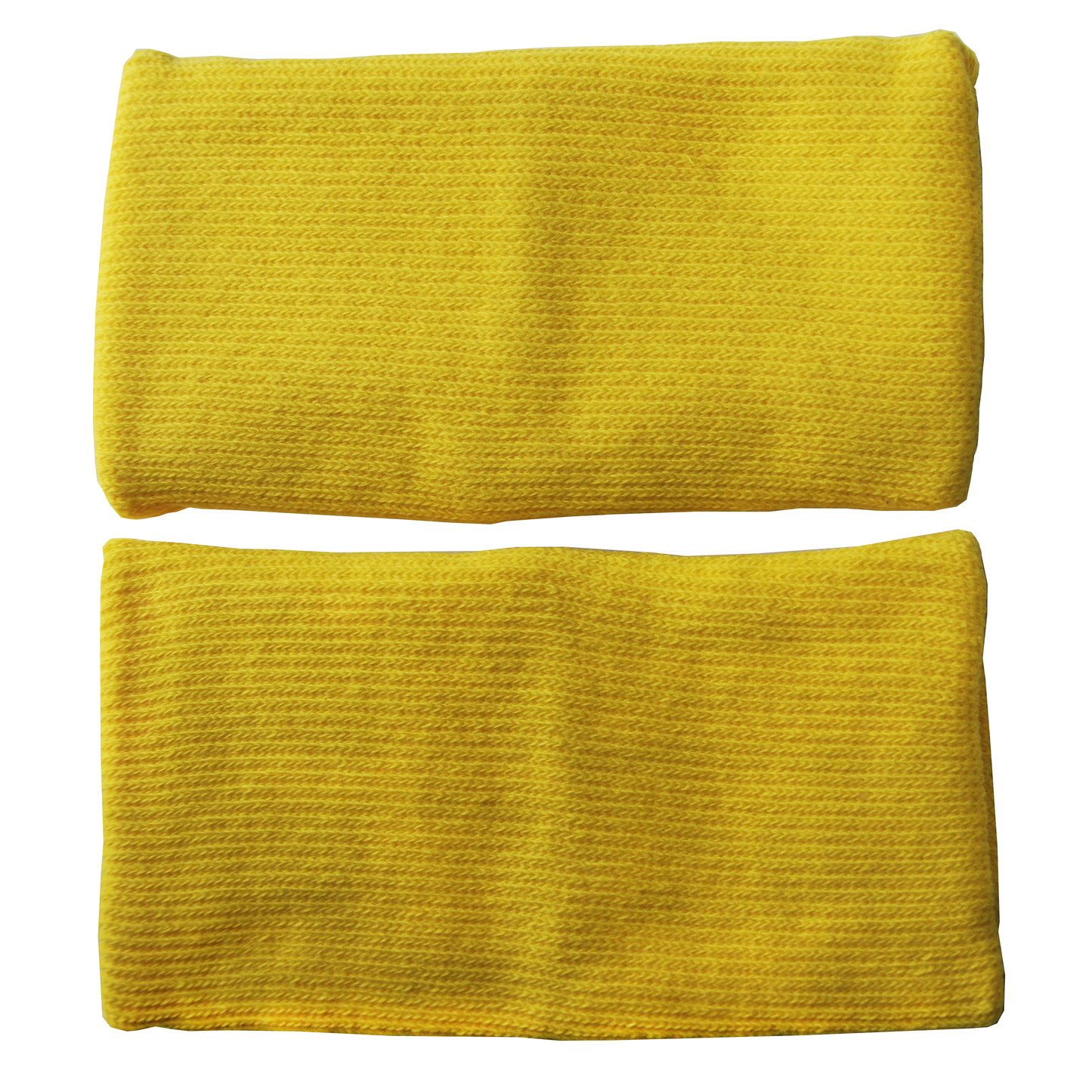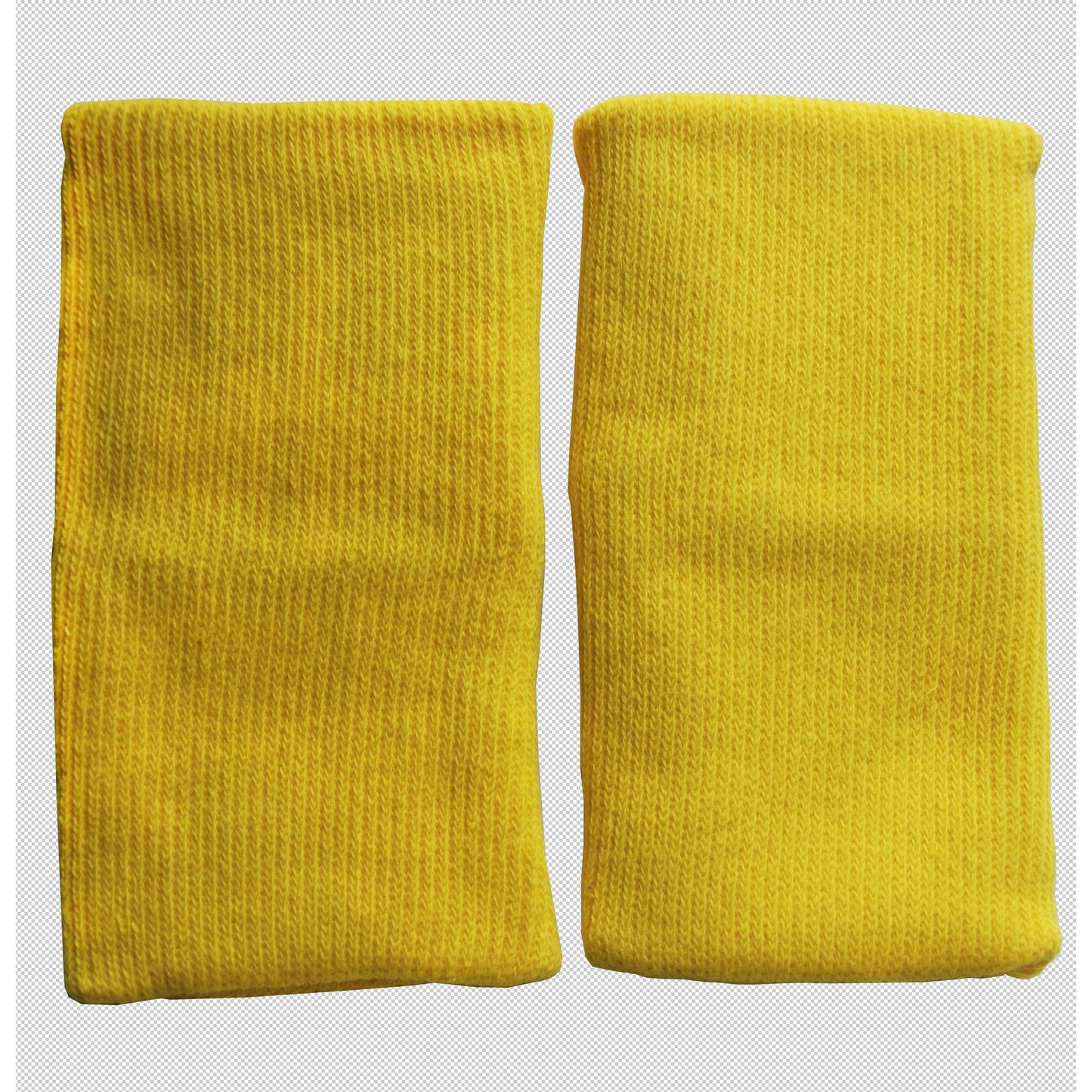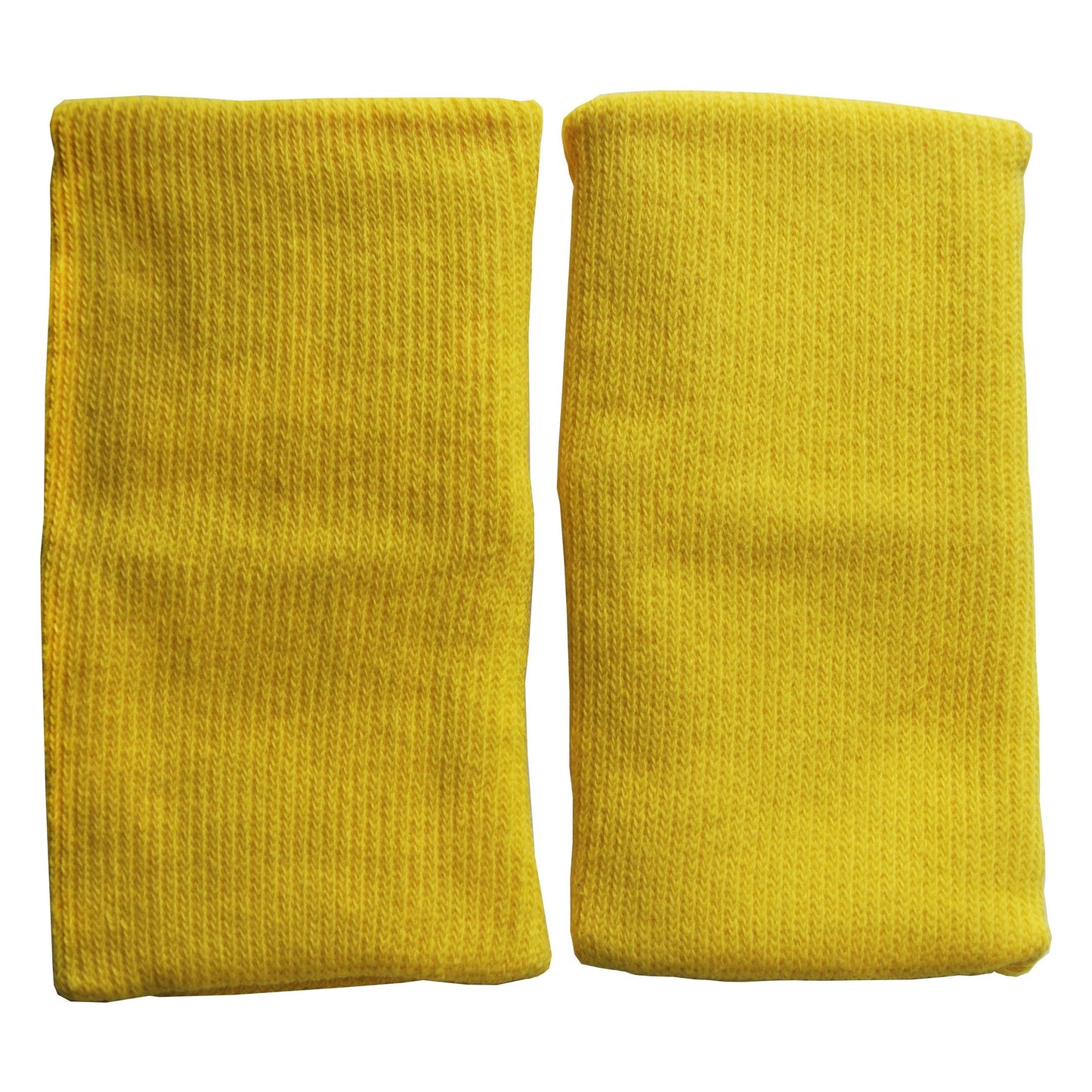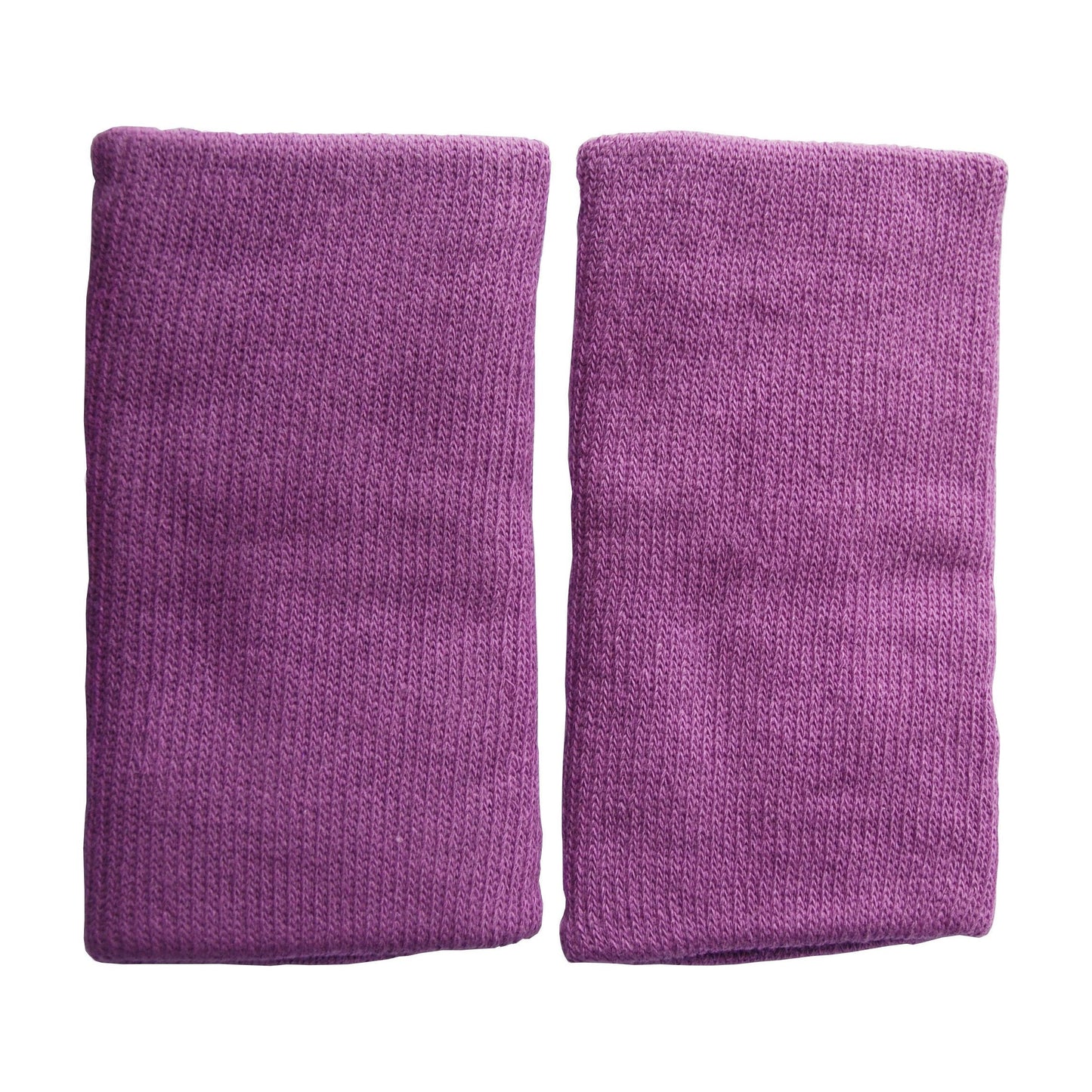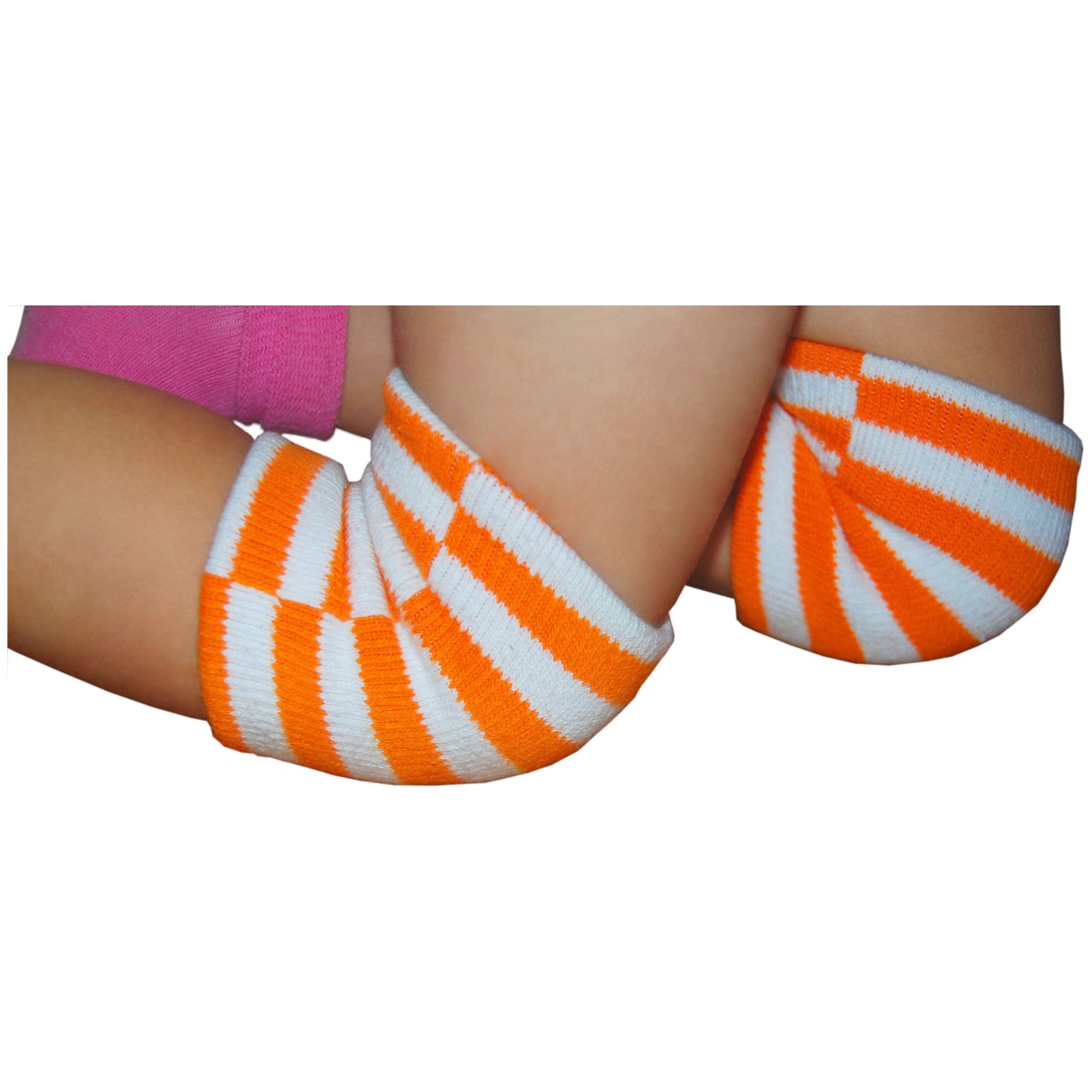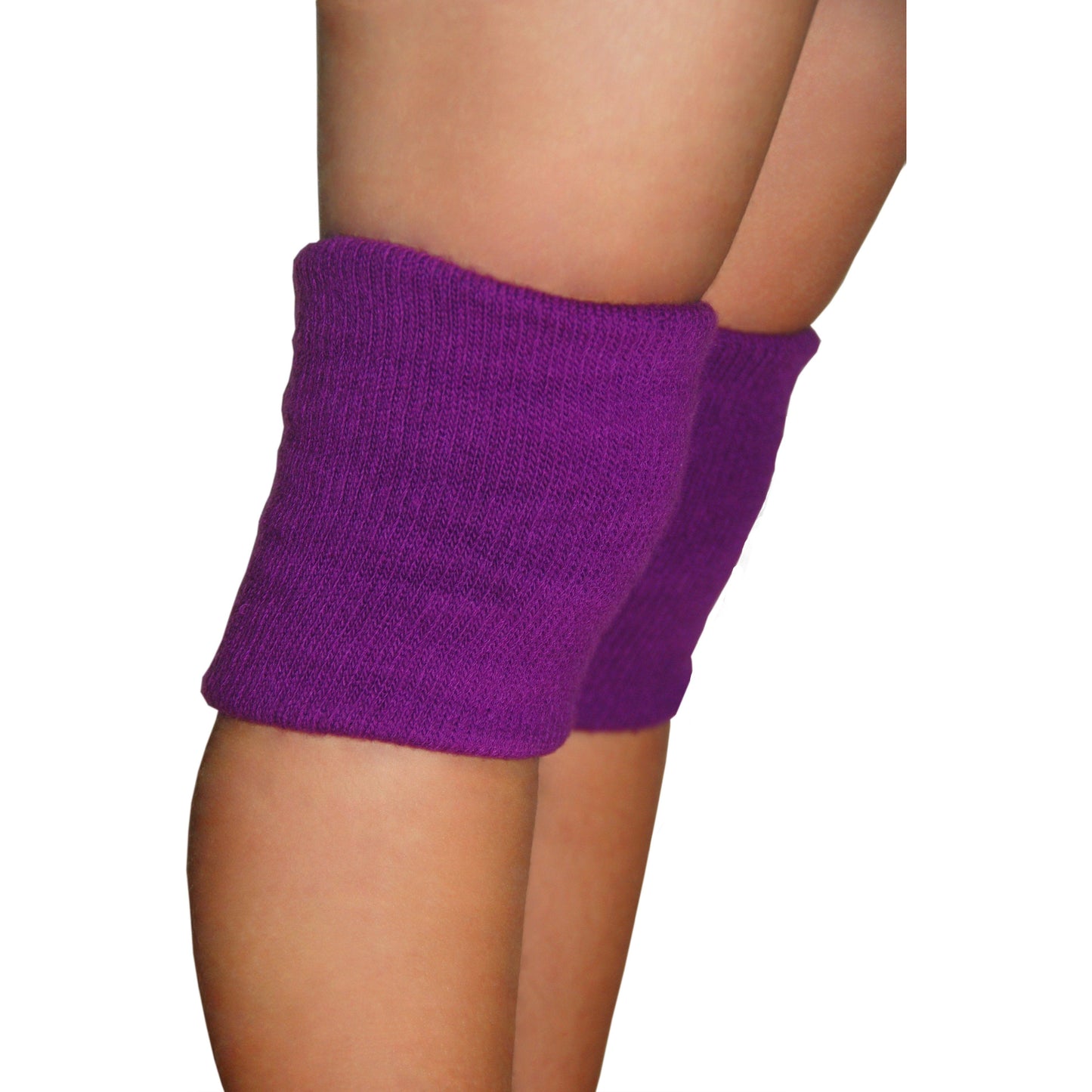From crawling to toddling to running, children are always on the move. As they explore their environment, they interact with various types of surfaces, each of which poses unique safety considerations. Let's take a look at three common surfaces - carpet, concrete, and hard floors - and discuss how to keep your child safe on each.
Carpet
Carpeted floors provide a soft and cushioned surface, making them ideal for younger children, particularly those who are learning to crawl or walk. However, safety measures are still essential:
1. Regular Cleaning: Carpets can harbor allergens, dust, and other particles that may affect a child's health. Regular vacuuming and professional cleaning are necessary to keep the carpet clean and safe.
2. Secure Area Rugs: If you use area rugs on carpet, ensure they are secured with non-slip pads or double-sided tape to prevent tripping hazards.
3. Fire Safety: Carpets can pose a fire hazard if exposed to open flames or hot objects. Ensure that items like candles, heaters, and irons are kept out of children's reach.
Concrete
Concrete surfaces, such as in basements or outdoor play areas, are hard and unforgiving, increasing the risk of injuries from falls:
1. Use Safety Equipment: When playing on concrete, ensure your child wears appropriate safety equipment, such as helmets, knee pads, and elbow pads.
2. Cover with Softer Material: If possible, cover concrete areas with a softer material, like rubber mats or artificial turf, to cushion any potential falls.
3. Monitor Play: Keep a close eye on children playing on concrete, especially when they're using ride-on toys or running.
Hard Floors (Tile, Hardwood, Laminate)
Hard floors are easy to clean and durable, but they can be slippery and hard, increasing fall risks:
1. Non-Slip Mats: Use non-slip mats, particularly in areas prone to getting wet, like the kitchen or bathroom.
2. Avoid Socks: Walking in socks on hard floors can be very slippery. Encourage bare feet or non-slip indoor shoes instead.
3. Furniture Corners: Hard floors offer no cushioning if a child falls against the corner of furniture. Use corner protectors to cover sharp edges.
4. Clean Spills Immediately: Wet hard floors can be extremely slippery. Clean up any spills immediately to prevent falls.
Remember, while these precautions can help mitigate risks, the most crucial element of child safety is supervision. Always keep an eye on children, especially when they're in motion, and create an environment that encourages safe exploration.


